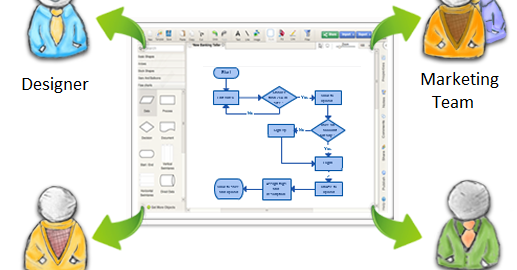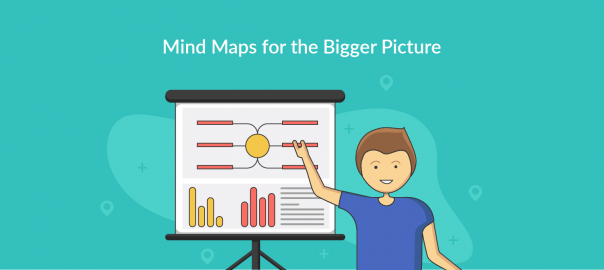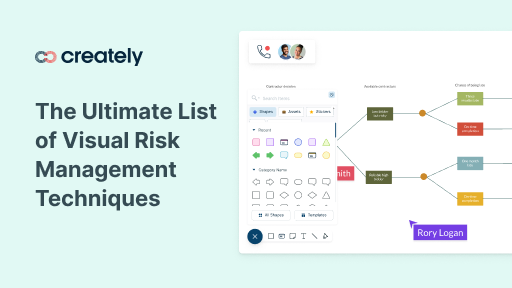The recent rise in technology has changed the face of business and just about everything that goes with it. Companies are moving away from fighting for potential customers by shooting ads into a blanket of darkness and hoping for positive results.
With the development of analytical technology, light has been thrown onto the canvas and now marketers can not only target customers but also understand which methods of tracking them work best. Furthermore, they can use this information to predict their next move.
In fact, the use of big data to boost business has become so significant that over 22 percent of company managers rate budgeting, planning, and forecasting as the type of analytics they would like to adopt for their business. They do not want continue to react to changes as they occur, they want to be able to predict them before they happen.
How Geographic Information Systems Help
And using software such as geographic information systems (GIS), they can. GIS is an extremely powerful mapping software tool that can be used to both analyze current data to identify trends and to successfully make predictions about changes that are likely to occur based upon these trends.
This data can then be used to pinpoint where marketing dollars are best spent or even forecast the impacts of a strongly positive or negative change.
For instance, many clothing manufacturers are dependent upon the price of cotton over time. Having the ability to predict the future of cotton markets, or the likelihood of cotton prices changing substantially would be a huge advantage.
Predictive data can be used to assess how significantly markets would change if there were a devastating storm that killed a certain percentage of the crop. Alternatively, company owners could use the software to predict how climate change will change growing conditions.
All of this information could be leveraged to make business decisions that could be crucial to the success of a company. Should the company start bracing for impact of a hurricane that is coming through the area based upon how much damage it is predicted to cause? If a manufacturing plant in China closes due to riots how much will the bottom line be affected? What if two or three plants close?
Using this technology, these types of questions can be answered in a way that helps business owners better understand at what level of change they need to start implementing emergency management plans.
A Real Life Geographic Information System
A real life example of predictive GIS in action is Zurich Financial Services, which began using the GIS predictive analysis tool set in 2008. Primarily, they use the tools to determine where natural disasters have the greatest chances of cutting off supply chains for manufacturers. The company realizes that a number of changing climate conditions are starting to alter and often increase the risk of severe disasters and they are preparing for it to the best of their abilities.
The majority of the predictive models they create are derived from maps of previous natural disasters and geographical information. Furthermore, the maps are capable of providing real time data that can be used by just-in-time production lines to plot their next move. Zurich itself focuses on helping other companies identify risks and recognize them at all levels of their manufacturing plants – including second and third tier suppliers.
A 2010 study released by global insurance companies found that worldwide economic losses for that year as a result of natural disasters came to over $194 billion. Using predictive analysis tools businesses can significantly lower this number.
Businesses that use these tools to their full potential will likely see a profound benefit in their abilities to plan for the potential impacts of the unknown.






It is interesting how the article mentions businesses wish to be able to intuitively know what is going to happen, instead of reacting to it. I have been a business owner and that is a trait I wish I would have had. Analytics and forecasting are so important to making in today’s digital world. The number mentioned for the year 2010 for losses due to natural disasters is just jaw dropping.
Great tips you given to us, thank you very much. And yes recent rise in technology has changed the face of business. You are really right with it.